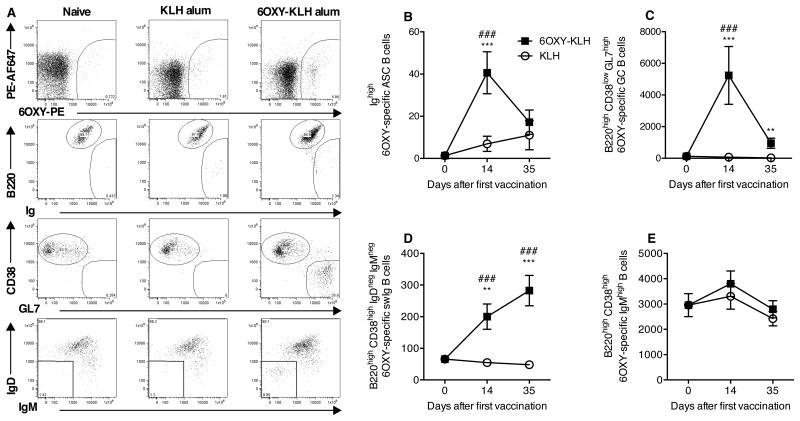Figure 2. Splenic polyclonal hapten-specific B cells before and after immunization.
6OXY-specific B cells were analyzed by spleen biopsy prior to immunization (n=24), 14 days after the first immunization and 7 days after the last immunization (n=12 mice each group). A) Representative flow cytometry plots of 6OXY-specific B cells in naïve mice, or mice immunized with either 6OXY-KLH or KLH. Data shown were collected on day 35. To analyze 6OXY-specific B cells, B cells bound to either (6OXY)n-PE or PE-AF674 were positively isolated by magnetic enrichment (23). Using flow cytometry, B cells bound to (6OXY)n-PE were distinguished and analyzed for B cell-specific markers (23). 6OXY-specific B cells were either B220high non-antibody secreting cells or Ighigh ASC B cells. 6OXY-specific B220high B cells were either CD38low GL7high GC or CD38high naïve and memory B cells. CD38high GL7- B cells were further identified as IgMhigh or IgMneg and IgDneg swIg B cells (20; 23). 6OXY-specific B cells were B) ASC, C) GC, D) swIg B, and E) IgMhigh naive and memory. Data shown are the number of 6OXY-specific B cells per spleen biopsy fragments. Data are mean±SEM. Each group is a composite of three independent experiments for a total n=24 before immunization and n=12 each group after immunization. *p<0.05, **p<0.01, and ***p<0.001 compared to KLH group; ### p<0.001 compared to naïve mice.

